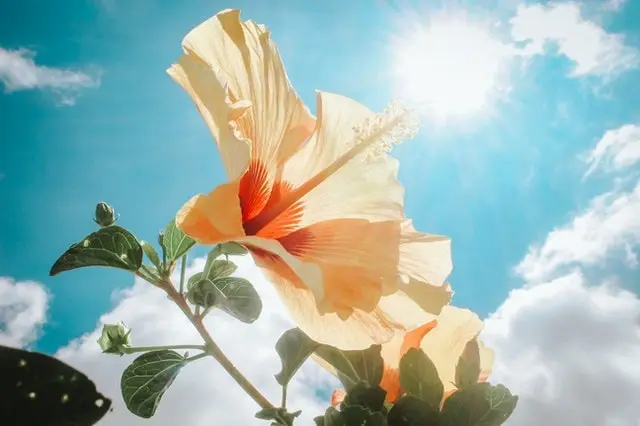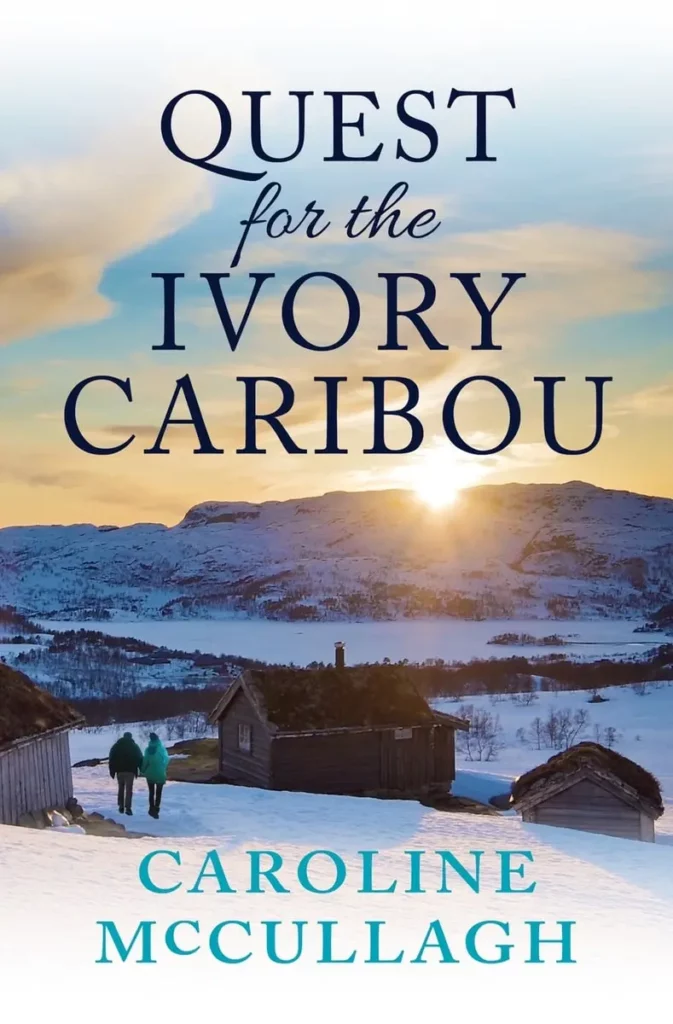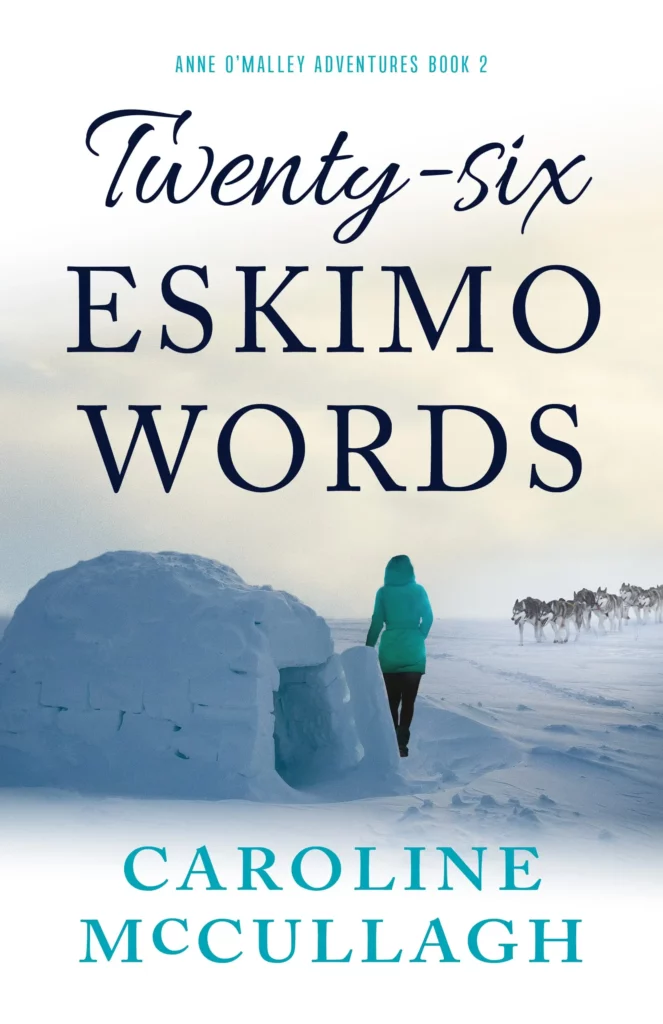I’ve set myself a new project. It’s not as if I don’t have enough to do, but oh, well. I’m going to try to write a garden diary entry every day. I want to start each entry with a haiku. I started a project to write haiku 12 years ago. I managed to write two before I got distracted. I’ll see if I can do a little better this time.
I knew about haiku, but I really came to appreciate them on a trip to Hawaii. I was at a swap meet in Hilo on the Big Island, fortunately under cover, in a tropical downpour. To stay dry, I took time to carefully examine a stack of used books and found Haiku: Poetry Ancient & Modern by Jackie Hardy. It’s a lovely little book.
Hardy tells us the Japanese originated this form of poetry in the 17th century. The Japanese form is three lines including seventeen syllables in a pattern of five, seven, five. A traditional Japanese haiku is usually written in the present tense, doesn’t normally have a title, and usually has a nature image included, preferably something that ties it to a season. More recently, poets have been experimenting with two lines and four lines and different syllable patterns or no counting of syllables at all, and titles.
Here are the four I’ve managed so far:
An older woman
Sings after years of silence:
Crow cawing with joy.
2/26/06
Crunch, crunch, crunch. Dog’s teeth
Grind on the worn nylon bone.
False bone. Real pleasure.
2/28/06
Bright sun. Dark glasses.
Take your hat. Winter heat wave.
California.
2/1/18
Chinese fringe flower—
red, cerise, scarlet, crimson?
Who cares. Breathtaking!
2/2/18









